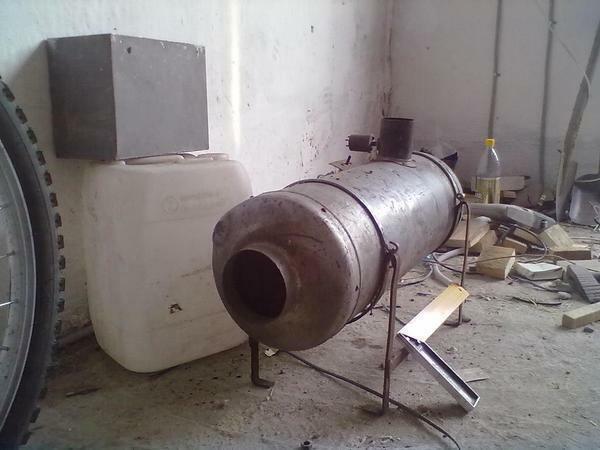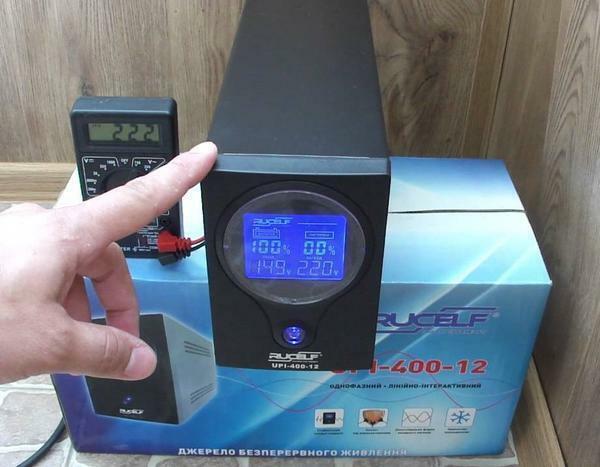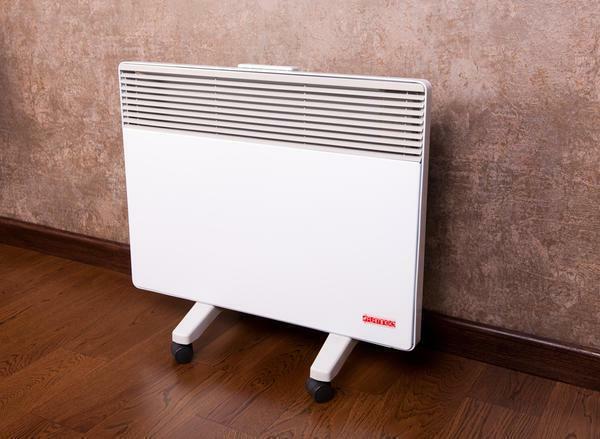Selection of metal pipes, their advantages and disadvantages

Thanks to advanced technologies, including in the metal rolling industry, the range of products practically free of corrosion is expanding. Basically it is galvanized, which in tandem with high-quality steel gives such products strength and durability.
In addition, zinc-coated steel products have a number of undisputable advantages:
- Anticorrosive;
- High temperature tolerance up to + 200 degrees, in contrast to plastic, which can withstand only +100;
- Resistance to mechanical damage;
- The possibility of dismantling and subsequent installation without much effort;

At the same time, we can not fail to mention the shortcomings of such pipes, because when choosing the necessary components, it is necessary to take into account all aspects. The characteristic roughness of the internal surface of steel structures contributes to the formation of plaque, which leads to diametral narrowing and leakage, which can be avoided by using steel elements for welding. Basically, this is typical for pipelines in cold water. In addition, under the influence of constant humidity, rust can form.
As for the installation of metal systems, here they obviously lose plastic because they are heavier in weight and therefore complicate the assembly process.

Types of fittings: crimping, cast iron, threaded.
There are two ways of connecting steel pipes: welding( one-piece) and threaded connection( detachable).
If the fasteners are classified by type, they are:
- Corners and bends. Used to change the direction of the pipeline to 120 degrees;Tees and manifolds. Connect to backbone communication in one branch;
- Crossings. I do wiring from one to two threads;
- Adapters of various modifications connect different networks;
- Coupling connects pipes without bends from the same material;
- Plugs and plugs. Clog the end of the structure;
- Fittings connect the pipe to the flexible hose.

The connection between metal pipes and fittings is already done by threaded threads. Otherwise, it is cut manually by a klapp or on a lathe.
Fittings are made of various materials, such as stainless steel, copper, brass, cast iron or even chrome. The most accessible and popular are the steel fittings.
Another method of dividing fittings - by type of connection with the pipeline:
- Welded;
- Flanged;
- Crimp;
- Threaded.
Welded
Consist of a piece of pipe made using welding equipment.
Flanged
Serves for joining pipelines with a diameter exceeding 50 mm. The material for their manufacture is steel or cast iron. The process of their installation is to weld the flange to the end of the pipe with subsequent bolting.

Crimp
Represents a universal metal fittings with galvanizing. Suitable for reusable use, and allow you to deviate from the specified direction by several degrees, in any direction. Allow to join steel pipes without welding and tapping at the same time are perfectly sealed. A special type of crimp sleeves for water pipes, gas and heating systems are Gebo, which, through the clamping mechanism, ensure tightness and accuracy of attachment.
Threaded
Sufficiently widely used due to reliability and long life. They are used mainly for heating systems and water supply. To ensure sealing joints use a linen thread, which is dipped in paint and wound on a pipe. Threaded elements are used for pipes with a diameter of up to 50 mm.


